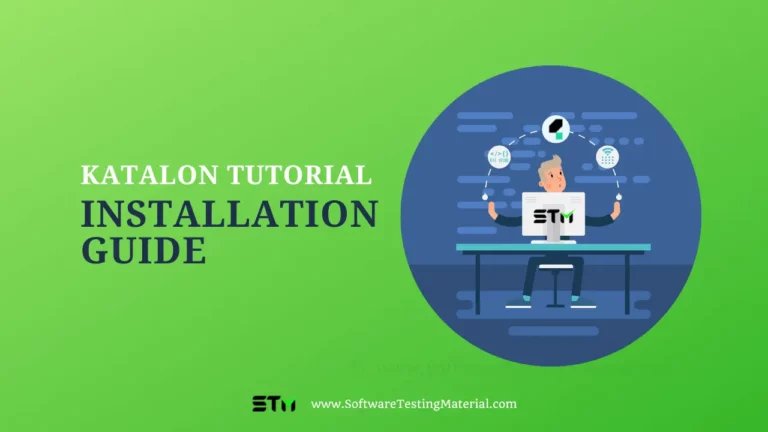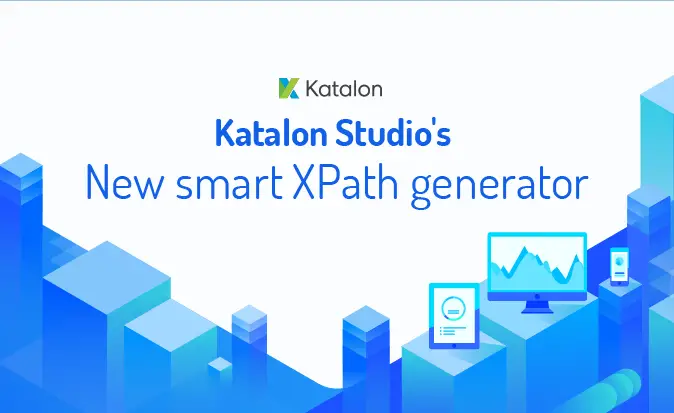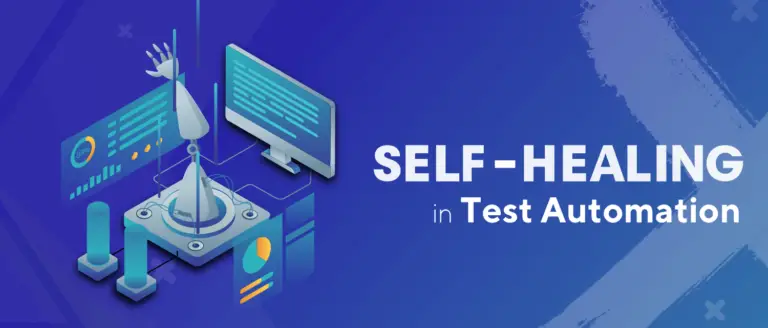Shift-left Trend and The Effect on Top 3 API Testing Tools

The attention on API testing has been growing dramatically over the last couple of years, according to Google Trends. Research by Smartbear in 2019 showed that API testers automating more than 50% of their tests, while 45% of the survey participants reported they were responsible for testing APIs. Moreover, API quality is considered as a top priority by more than 75% of organizations across industries. Also, in the World Quality Report 2019-2020, shift-left was mentioned as a trend from now and further while the demand for Integration Testing increased and the mobile testing market.
This article will explain the connection between Shift-left and API testing.
Shift-left Definition:

Shift-left testing is an approach to software testing and system testing in which testing is performed earlier in the life cycle
In the traditional software development model, requirements are placed on the left side of the workflow, and the delivery and testing demand is on the right side. The problem of the traditional model is the negative outcomes for the business such as overdraft, time-consuming, and errors.
By applying Shift-left, software development teams have a more proactive collaboration, especially testers, to ensure all initial ideas are feasible and developed properly. As a result, this approach helps to reduce the time to market of the product while delivering the best possible outcomes.
Further reading: What is Shift Left Testing?
API Testing in Shift-left Demand:
API testing is so familiar with Testers and QA teams these days. Because of the Application market, more and more test cases have been created to fulfill the requirements of the client and the in-house teams. In the Waterfall model, the testing phase is one of the last steps to be done. With this approach, the Waterfall model turns out to be less efficient when clients’ expectations are unclear and ever-changing. More and more product teams have changed to the Agile process, which enables continuous testing during the software development process.
API testing plays a vital part in the continuous testing process. Testers do not need to wait for the final release, but they can perform crucial tests at earlier stages. API Testing replaced GUI to satisfy the demand for Integration testing.
There are many API Testing tools available in the market. Each tool has its own pros and cons. You can read the list: Best API Testing Tools for 2020 (Updated list) to find out the most suitable one. Among the diverse pool of available tools, the three most outstanding solutions for API testing are Postman, Katalon Studio, and SoapUI. The following part of this article will guide you through a deeper explanation of each tool’s nature.
#1. Postman
Best for Manual API Testing

Postman has a simple GUI for sending HTTP requests and viewing responses. It is built upon an extensive set of power tools, which are incredibly easy to use. Postman helps you perform a variety of functions ranging from:
- Sharing common values across offers with environment variables
- Scripting tests with the built-in node.js based runtime
- Organizing requests into collection and folders
- Integration and collaboration powered: Postman Workspace is dedicated to the real-time collaboration between teams with built-in version control. The tool integration ecosystem is growing, with major names constantly being added.
Here is the Postman Tutorial (Beginner to Advanced Level)
#2. Katalon Studio
Best for Automation API testing: Katalon Studio & SOAP UI

Katalon Studio is a complete automation platform for continuous testing. The tool supports several types of the application under test, including mobile, web, desktop application, and API testing. With a set of extensive features explicitly designed for API validation, the application makes API testing much faster with robust reporting and integrating capabilities.
Highlight features:
- Seamless integration with other ALM tools for CI/DevOps practices
- Allows testers and developers to collaborate and share test cases easily
- Supports AssertJ to create fluent assertions using the BDD style
- Hundreds of built-in keywords available for creating test cases
- Handles API, Web, desktop and mobile tests across platforms
Website: Katalon Studio
In case you are already familiar with Postman and need a way to sync all your API data into Katalon Studio, check out this Postman migration guide.
Here is the Katalon Studio Tutorial
#3. SOAP UI

It is an open-source and headless functional testing tool specifically designed for API testing. Powered by Smartbear, SoapUI is a part of their testing solution bundle. With this tool, you can execute both SOAP and REST API testing.
Highlight features:
- Robust data-driven testing with data from files and databases
- Generates tests easily
- Mocks services with RESTful mocking
- Asynchronous testing
Website: SoapUI
Conclusion
API testing will essentially endure in the software testing market since Shift-left is trending. Tools like Postman, Katalon, SOAP UI, and Apigee have great potential for further development with more values for its users. It is essential for QA teams and companies to select the right tool to scale up with their business.
Related posts:
- Postman Tutorial (Beginner to Advanced Level)
- Katalon Studio Tutorial
- API Testing Tutorial (Learn in 10 mins)



